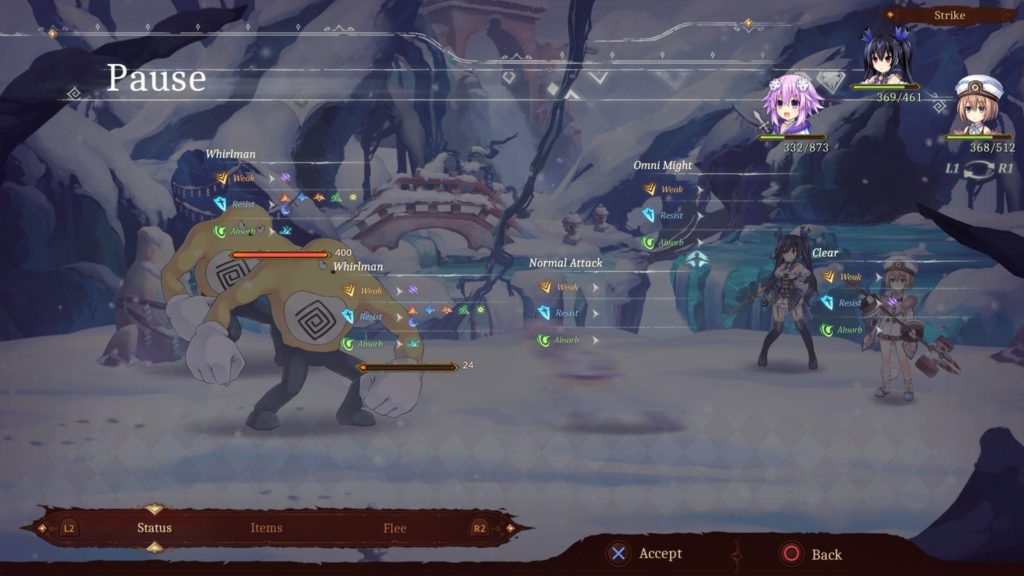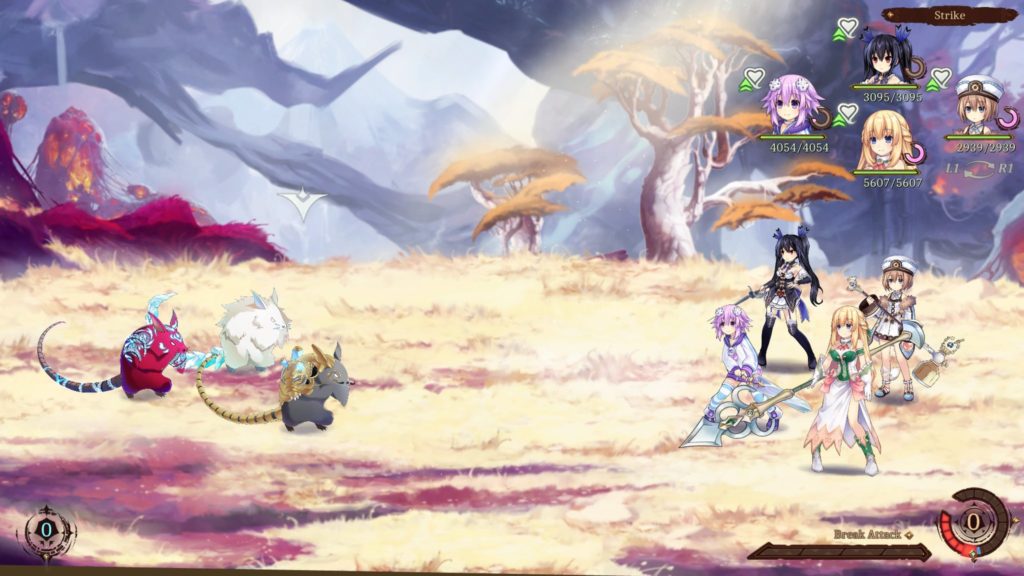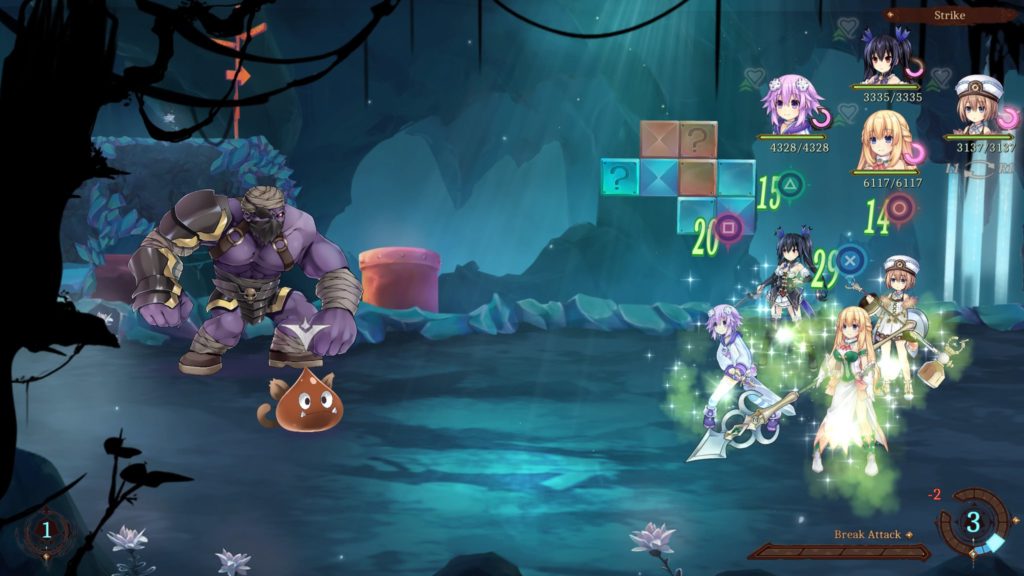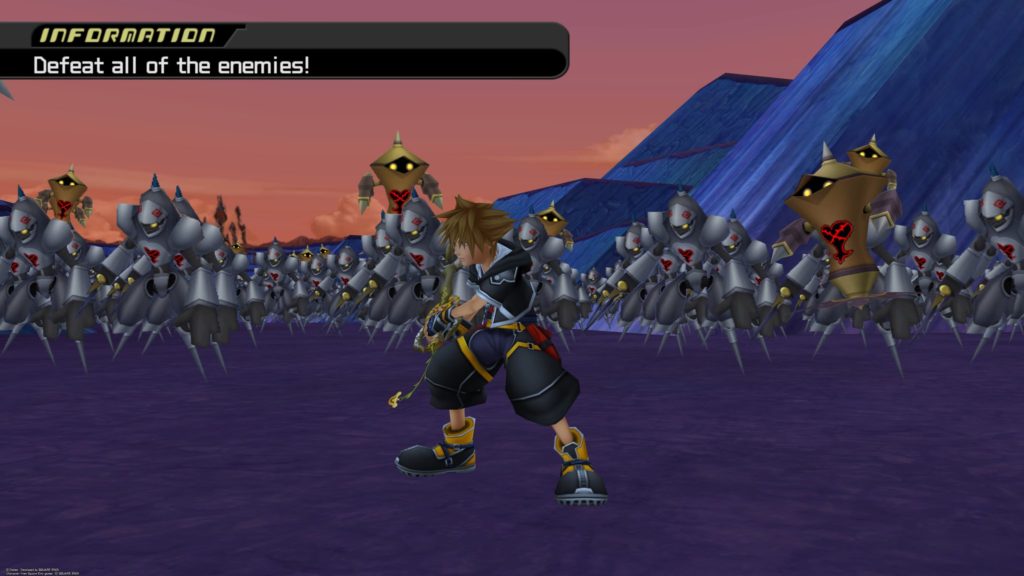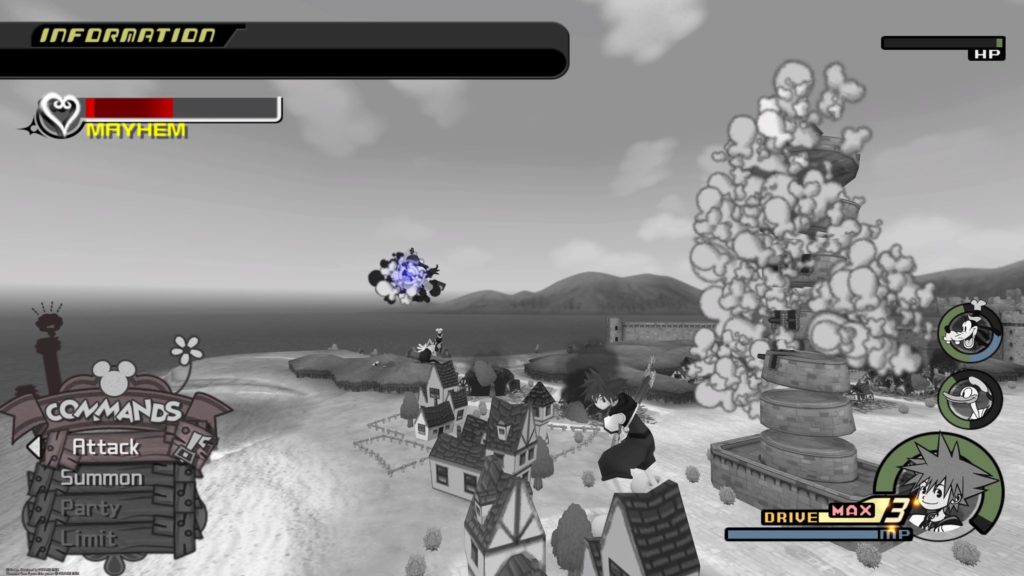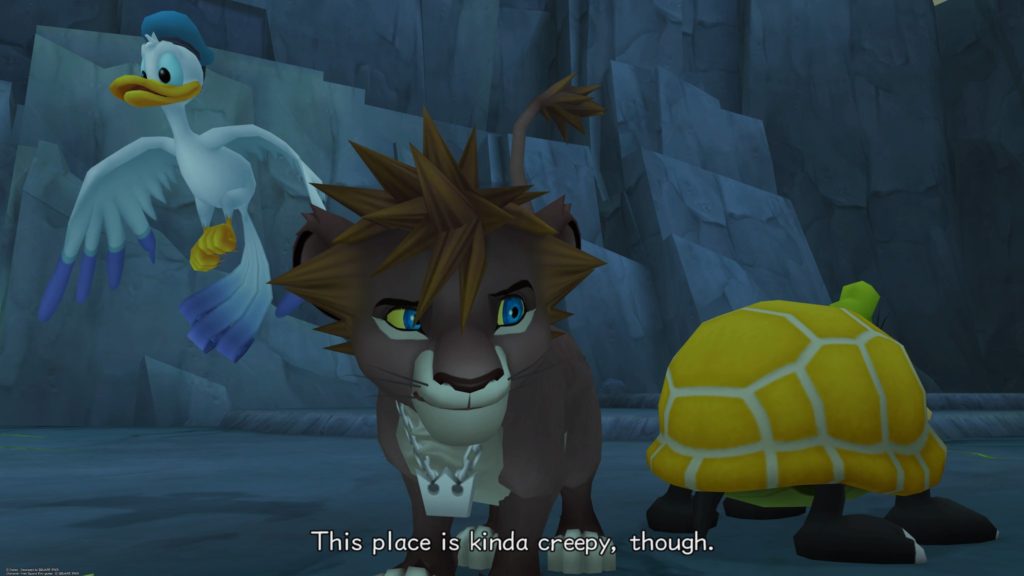- Genre: Action RPG
- Platform: PS4
- Also Available On: 3DS
Dream Drop Distance is one of those classic games where I started it, played a whole bunch of it, then just…..stopped. I didn’t stop for any reason other than getting distracted. What I’d played I’d enjoyed, but it just never really gave me a reason to get back to it. In playing it again on the big screen, I’ve come around to this one more than I think I would have trying to replay this on the 3DS, and in doing so at the very least checked another game off on the way to playing KH3.
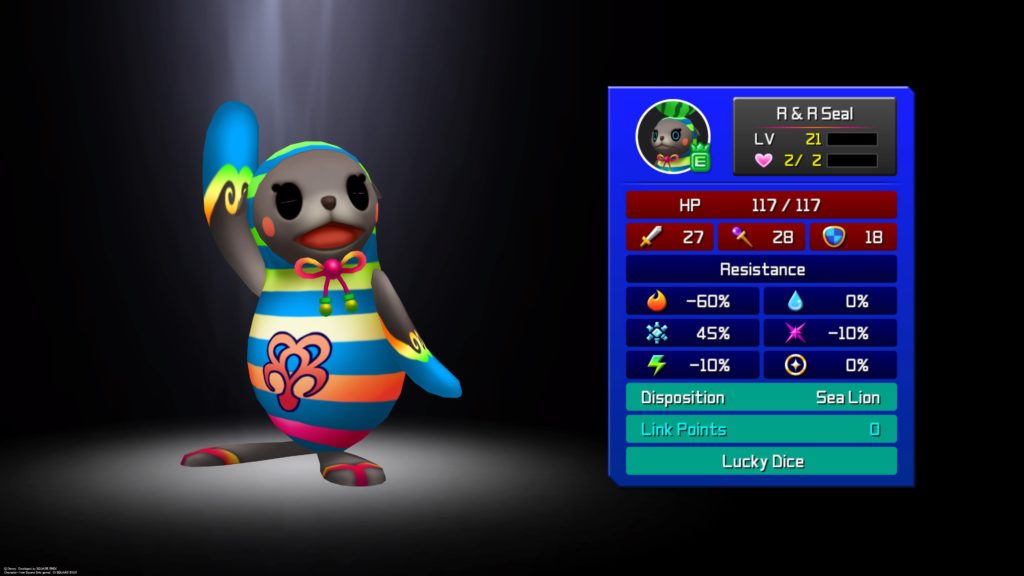
Playing Dream Drop Distance after II definitely makes this game feel worse to some extent, but in the grand scheme of things this still played well. Like other KH games, it’s got a few tweaks to combat – some that worked well, some that didn’t – and a completely bat shit character split that does more harm than good in gameplay, but provides a pretty good grounding to the story. Realistically, the Kingdom Hearts series as a whole has always been a some things work, some things don’t and DDD isn’t any different.
Combat changes are really the key here, and the changes really fall into three main categories – reduction in chains, much greater use of the environment in combat, and changes to mana (again). The first feels purely like a change made for the limitations for the portable experience, and after KH2 it feels really unfortunate. Combos may last three or four hits on their own. On face value it feels sloppy but in practice it really encourages and forces the use of other new combat mechanics. Mana also sees some changes in this game, in so much as it no longer exists. In place of the recharging mana bar from KH2 are individually recharigng abilities that can be stacked into a scrolling list. This list grows as the player levels, giving a nice mix of flexibility in building out the active spec and some of the nice gains from the recharging bar of KH2.
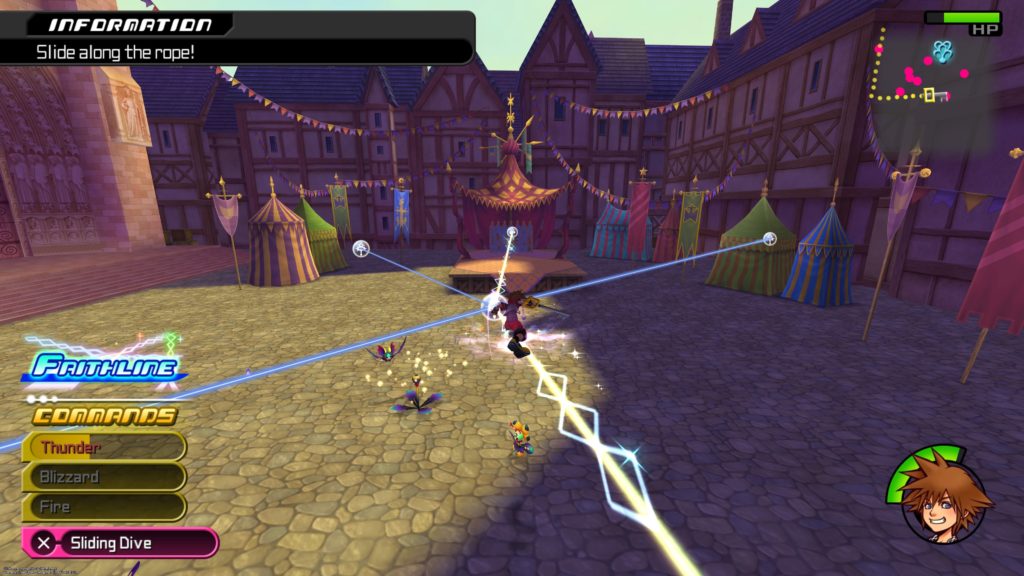
The real meat of the combat changes are around the Flowmotion system. The tl;dr here is that dodge rolling into pretty much any environment section (walls, poles, etc) or large enemies will put the player into a quick combo action. For walls, this is a linear flight move into a large attack. For poles, the player will circle around the poll and jump off into a tornado-like move. Different flowmotion attacks do different things and most of these moves provide some amount of immunity frames so this becomes the sort of default way to fight.
Unfortunately this is kind of a mixed bag. The moves are definitely super flashy and they’re entirely effective. However, it trivializes a lot of combat situations in really negative ways. On the other side though, the lack of combo attacks and boss fight patterns really makes it feel like there’s no other effective way to fight that doesn’t involve grinding and overpowering. It’s definitely a bit of good and bad, and it can get really repetitive during boss fights, but it’s at least still fun to watch.
The other mixed bag is the way the meta progression occurs in the game. The minimal spoiler version is that this game takes place around Sora and Riku trying to become key blade masters. In doing so, the two get split up in alternate dimension versions of the same world, with each needing to complete their version of the world to meet up at the end of the game. In practice, the switch between characters happens in a time-based forced switch. Realistically, this just feels shitty. There’s things you can do to slow down the countdown and give the other person boosts during their story segment, but even with that it kind of just feels like it always forces a switch at the worst time. I really like the story aspect for having this system too, but I’d so much rather it just switch characters at the end of the world, or let players switch as they want and simply introduce blocking points at a couple sections along the way. The worst part of all of this is that they HAVE those blocking points at a few spots along the way, so you have both the countdown AND progress blocking at the same time and the user never really has good control of their wanted flow.
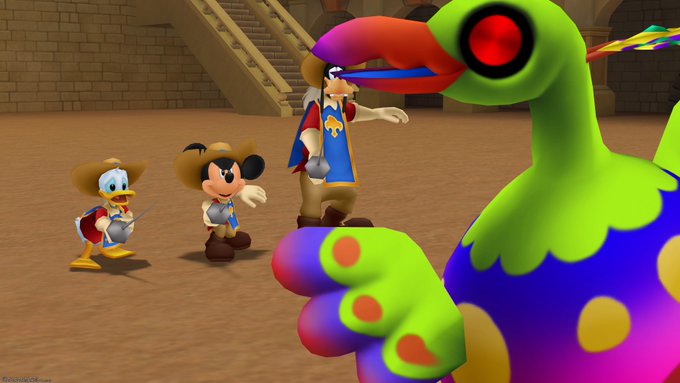
Dream Drop Distance continued the pattern that we’ve been seeing. Kingdom Hearts will attempt some new things. Some of it worked, some of it didn’t. At its release, this game proved that portable KH in Birth by Sleep was perhaps not a fluke in being a really deep experience, but on the TV it felt both more easily playable but also less forgiving in how its gameplay loop really worked out. Overall this is still a pretty entertaining game, and if nothing else this was at least a better sidetrack on the path to KH3 than when I went off track to Chain of Memories.


